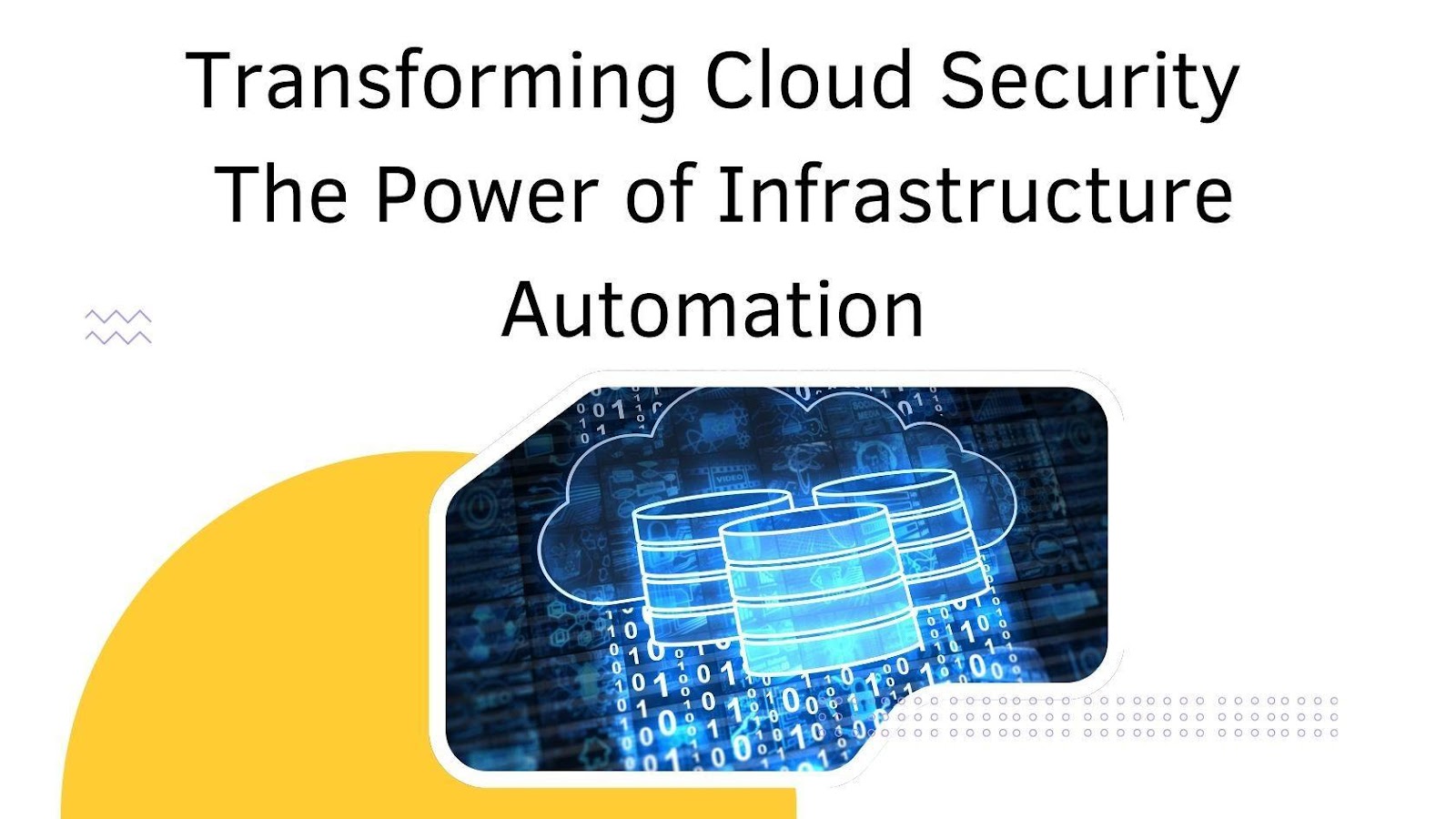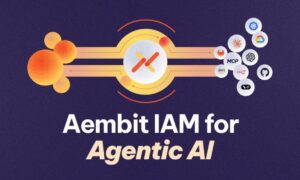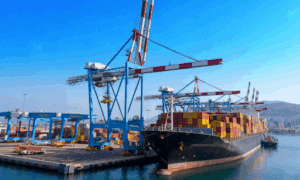In this rapidly growing digital era, where innovation drives transformation, Kiran Kumar Suram emerges as a leading expert in infrastructure automation and cloud security. His insightful exploration highlights the integration of advanced automation frameworks with robust security mechanisms, revolutionizing cloud-based systems. By addressing evolving challenges and leveraging cutting-edge solutions, his analysis paves the way for organizations to optimize efficiency, enhance scalability, and fortify their digital landscapes, ensuring seamless operations in an increasingly interconnected world.
Redefining Infrastructure Management
Infrastructure as Code (IaC) has become the bedrock of modern IT, replacing cumbersome manual configurations with streamlined, automated processes. By employing IaC, organizations can achieve consistency, reduce human error, and ensure robust security protocols. Automation frameworks integrate directly with cloud service APIs, enabling precise resource orchestration while adhering to stringent compliance standards.
Key tools, such as Terraform and Ansible, exemplify this transformation. They provide features like state management and drift detection, ensuring infrastructure deployments are secure, scalable, and standardized across environments. Organizations adopting these frameworks report notable reductions in configuration-related errors and deployment timelines.
Dynamic Access Control for Enhanced Security
The evolution of Identity and Access Management (IAM) systems highlights the shift from static permission models to dynamic, context-aware mechanisms. IAM automation facilitates granular control over access rights, ensuring that permissions align with real-time usage patterns.
Automated IAM systems integrate advanced features like machine learning to predict and respond to anomalies. Dynamic permission adjustments, grounded in the principle of least privilege, minimize privilege misuse and reduce security vulnerabilities. Research underscores the substantial reduction in security incidents achieved by organizations implementing these automated IAM controls.
Integrating Security and Infrastructure Automation
Automation doesn’t stop at deployment—it extends into robust security measures. The concept of “security as code” allows organizations to define and enforce security policies alongside infrastructure configurations. Automated compliance checks, encryption protocols, and network security rules become inherent components of deployment pipelines.
These systems’ proactive nature significantly improves threat detection and incident response times. By automating remediation processes, organizations can swiftly address vulnerabilities, reducing exposure windows and enhancing overall resilience.
Efficiency and Business Impact
Infrastructure automation goes beyond being a mere technological enhancement; it serves as a powerful strategic enabler for modern organizations. By adopting automated frameworks, companies experience significant cost savings, driven by reduced reliance on manual interventions, better resource allocation, and accelerated deployment cycles. These efficiencies free up valuable human resources to focus on innovation and strategic priorities.
Moreover, the incorporation of predictive scaling mechanisms and intelligent resource utilization revolutionizes operational efficiency. These advanced systems dynamically adapt to changing demands, ensuring optimal performance while minimizing wastage. The benefits extend beyond efficiency—automation transforms compliance processes as well. By automating routine tasks, organizations streamline audit preparations and seamlessly align with evolving regulatory requirements. This proactive approach not only simplifies adherence but also reduces administrative burdens, fostering a more agile and resilient operational environment.
The Road Ahead: Emerging Innovations
The future of infrastructure automation is poised to integrate even more groundbreaking technologies, pushing the boundaries of operational efficiency and security. Artificial intelligence (AI) and machine learning (ML) will elevate predictive analytics, enabling self-healing systems and real-time adaptive optimization. These advancements will allow organizations to proactively mitigate risks, reducing downtime and enhancing system reliability. Quantum computing is another game-changer, promising revolutionary encryption techniques and unparalleled computational speed, redefining secure infrastructure management.
Additionally, the increasing complexity of digital ecosystems will drive the adoption of biometric authentication and zero-trust architectures within next-generation identity and access management (IAM) systems. These technologies will provide robust security frameworks, ensuring that access is continuously verified and risks are minimized. As innovation accelerates, these transformative developments will shape the future, enabling organizations to thrive in an ever-evolving digital landscape.
In conclusion, Kiran Kumar Suram’s expertise highlights the pivotal role of automated infrastructure and IAM systems in revolutionizing cloud security and operational excellence. His insights reveal how embracing these advancements empowers organizations to navigate the complexities of today’s digital landscape with confidence. As automation technologies continue to evolve, their impact on enhancing security, scalability, and efficiency will become indispensable, enabling businesses to adapt, innovate, and thrive in a future defined by rapid technological progress.



































